How to raise Clivia and what precautions should be taken
Last Update :2024.11.12
Article Catalog
Soil: Use fertile, breathable, and well-drained soil. Lighting: Half shade and half sun, preferably with perforated shade. Temperature: 15-25℃ in normal times, above 10℃ in winter. Moisture: Watering does not need to be too frequent. Wait until the soil surface is dry before watering. Fertilizer: Mainly use dry fertilizer, water fertilizer and solid fertilizer. Pay attention to the ratio of nitrogen, phosphorus and potassium and avoid raw fertilizer.

1. Soil
1. Soil
1. Soil is the most important part of plant survival. Clivia likes soil rich in humus. It is very fertile and has good air permeability and water permeability. It is suitable for the roots of Clivia. breathe.
2. Mixing some fine sand and gravel into the prepared soil will help Clivia grow its roots~ However, you don’t need too much sand and gravel, about 50% is enough.
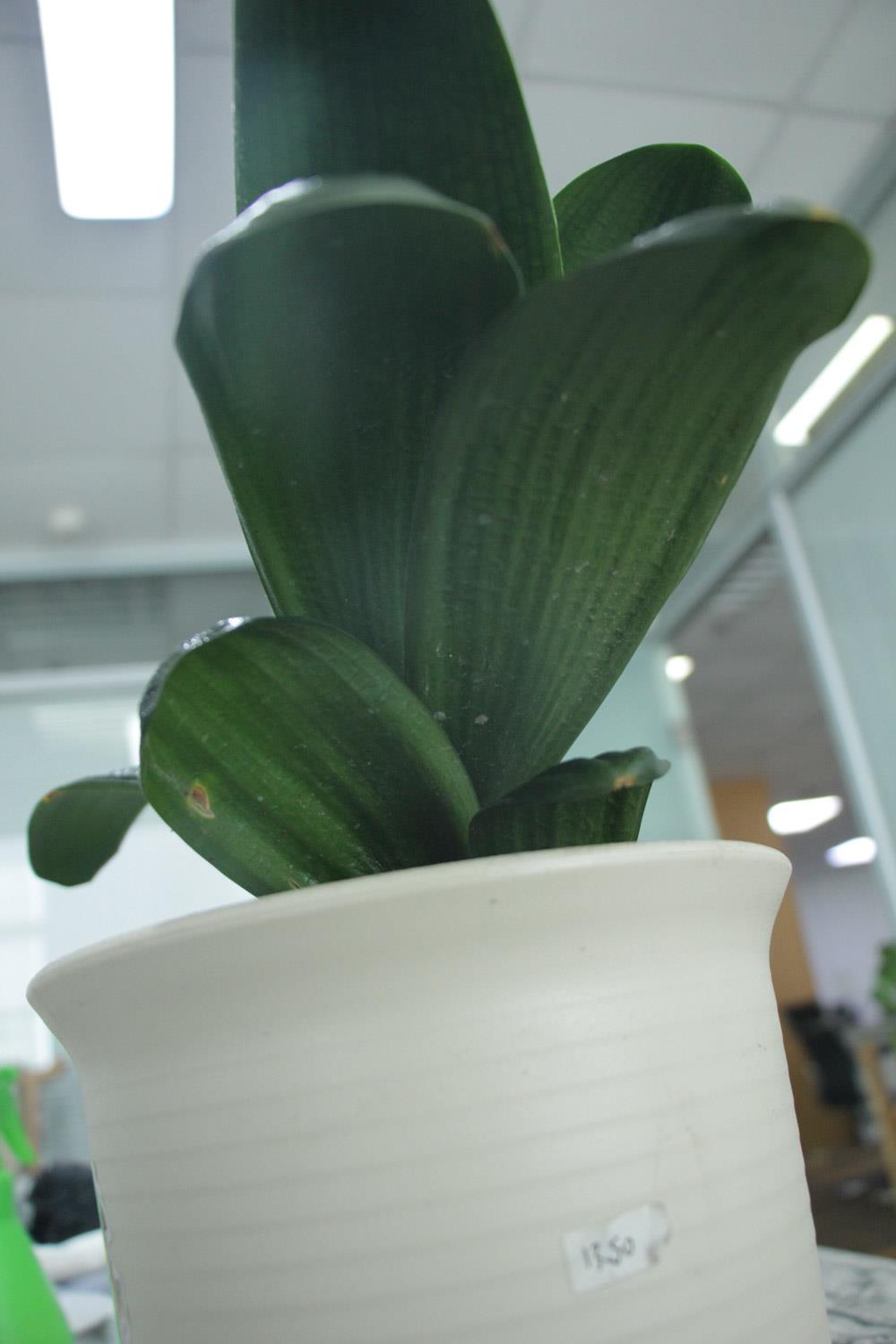
2. Lighting
1. The growth of any plant is inseparable from sunlight, and the same is true for Clivia. However, Clivia is a medium-sun plant. Although it cannot lack sunlight on weekdays, too little sunlight is not enough~
2 The most suitable lighting condition for Clivia is half shade and half sun. Build a shade shed for Clivia, preferably a sunshade with holes, which can block sunlight and provide sunlight to Clivia. In addition, if there are shade trees, grape trellises, etc., it would be more perfect to place the Clivia in the shade of a tree or under a grape trellis~
3. Pay special attention to the lighting in summer. Putting it in the sun for 3 to 5 hours is enough~but also pay attention to shade!
4. In winter, the sunlight is slanting, which is the most suitable light for Clivia. When the temperature reaches above 12℃ during the day, the windows can be opened to allow Clivia to receive sunlight. But there is one thing. To prevent direct sunlight at noon, it is best to install a roof curtain for shading. Especially when the sun sets, pay attention to the south shading.
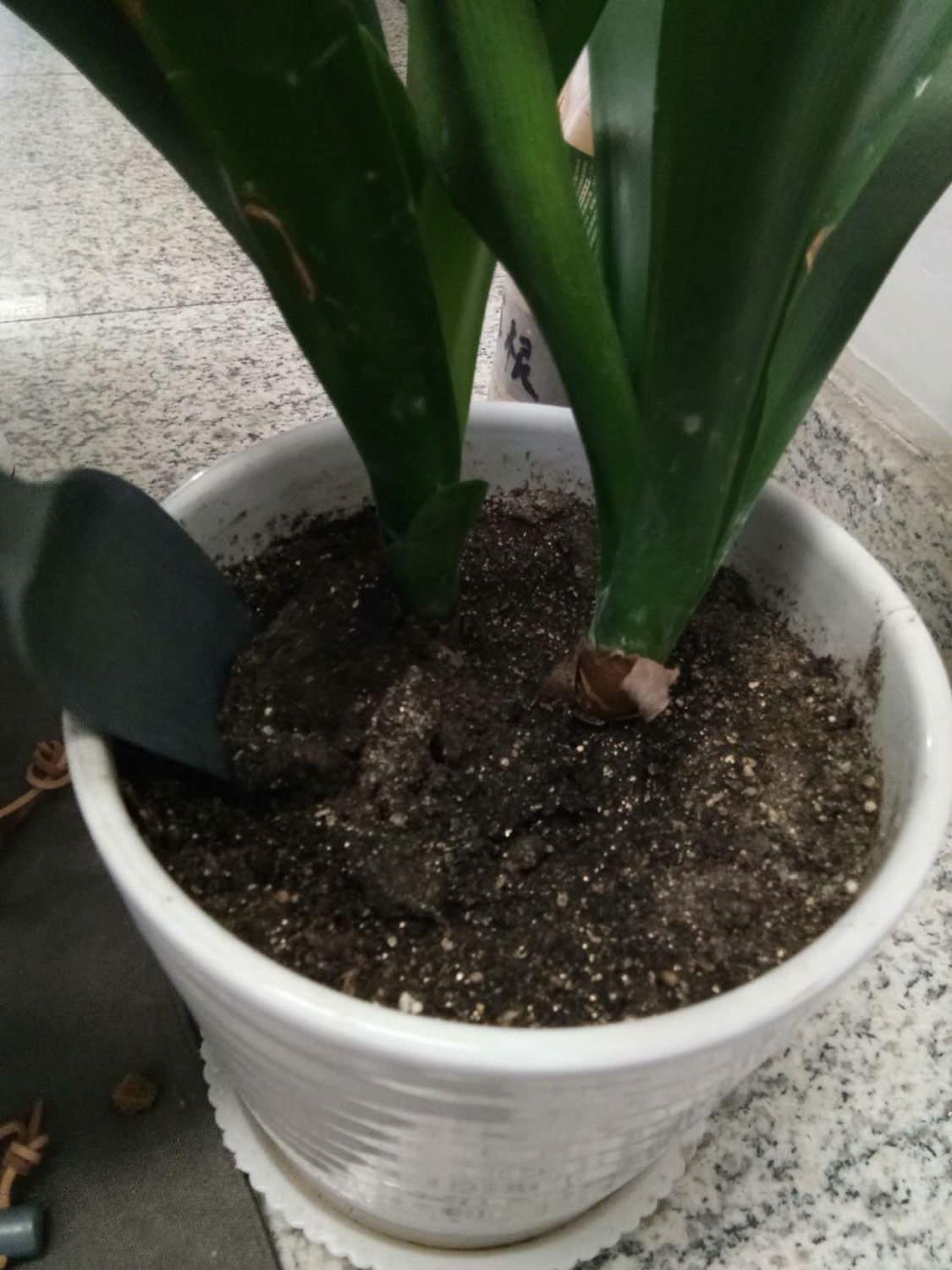
3. Temperature
1. Another important condition required by plants is temperature. Clivia prefers a cool, semi-shady environment, and 15-25°C is the most suitable temperature.
2. In summer, especially when the temperature is high, you should pay attention to avoid the heat. You can build a shade shed or place it under the shade of a tree. Otherwise, the leaves will become long and narrow, which will affect the viewing.
3. Clivia will start to go dormant and stop growing below 5℃. Therefore, the suitable temperature for growth in winter is 15-20℃, and it is best not to be lower than 10℃. The temperature should be kept at about 18°C after the arrows are released, and the temperature difference between day and night is best at about 10°C. Otherwise, the flowers and arrows will bloom before they grow to an appropriate height, which will easily lead to "pinched arrows".
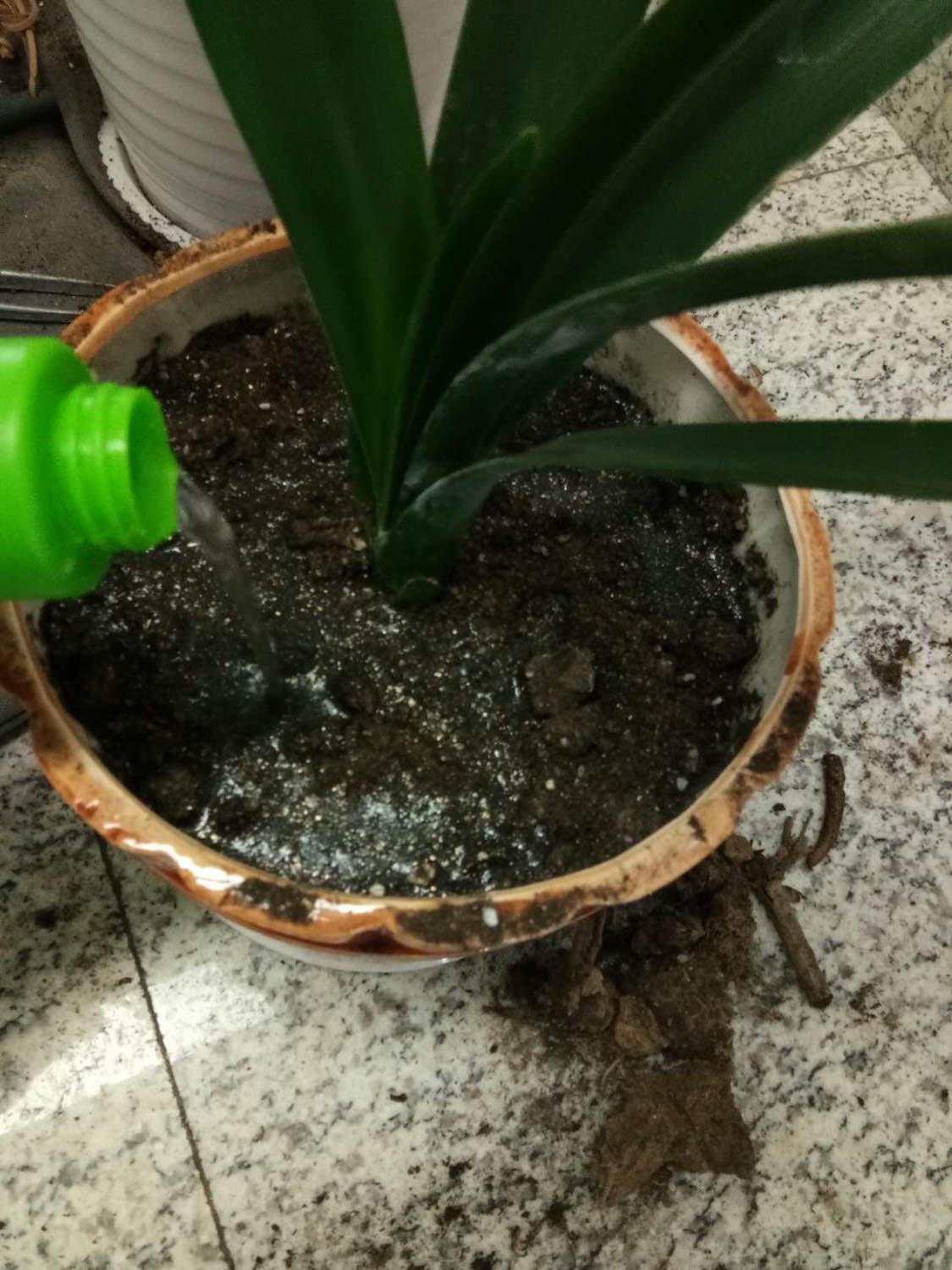
4. Moisture
1. Moisture is also an essential part of plant growth. Clivia has well-developed fleshy roots, which can store more water and has a certain degree of drought tolerance. Therefore, watering Clivia should not be too frequent. Water only when the surface of the pot soil is dry before watering.
2. According to general experience, watering should be done once every 3-5 days in winter, once every 1-2 days in spring and autumn, and more watering should be done in summer. frequency. Another thing we should pay attention to is that Clivia needs less water in the seedling stage and more water in the flowering stage. Don’t remember it wrong~
3. The watering time must be accurate, preferably in the Watering before sunrise and after sunset is particularly effective, especially in hot summer.
When the weather is sunny and hot in summer, you can spray water on the Clivia 2 to 3 times a day to ensure that the Clivia spends the summer safely. In winter, it should be carried out when the room temperature is higher than 10℃. Water less when the temperature is below 10°C.
4. For Clivia in small pots, you can bury it in wet sand in a large pot, so that the water in the sand can continuously penetrate into the small pot through the pot wall to supplement the water needs.
For Clivia plants with larger water requirements and larger flower pots, the large Clivia flower pots can be placed in a large shallow water dish so that water can be continuously provided through the soil.
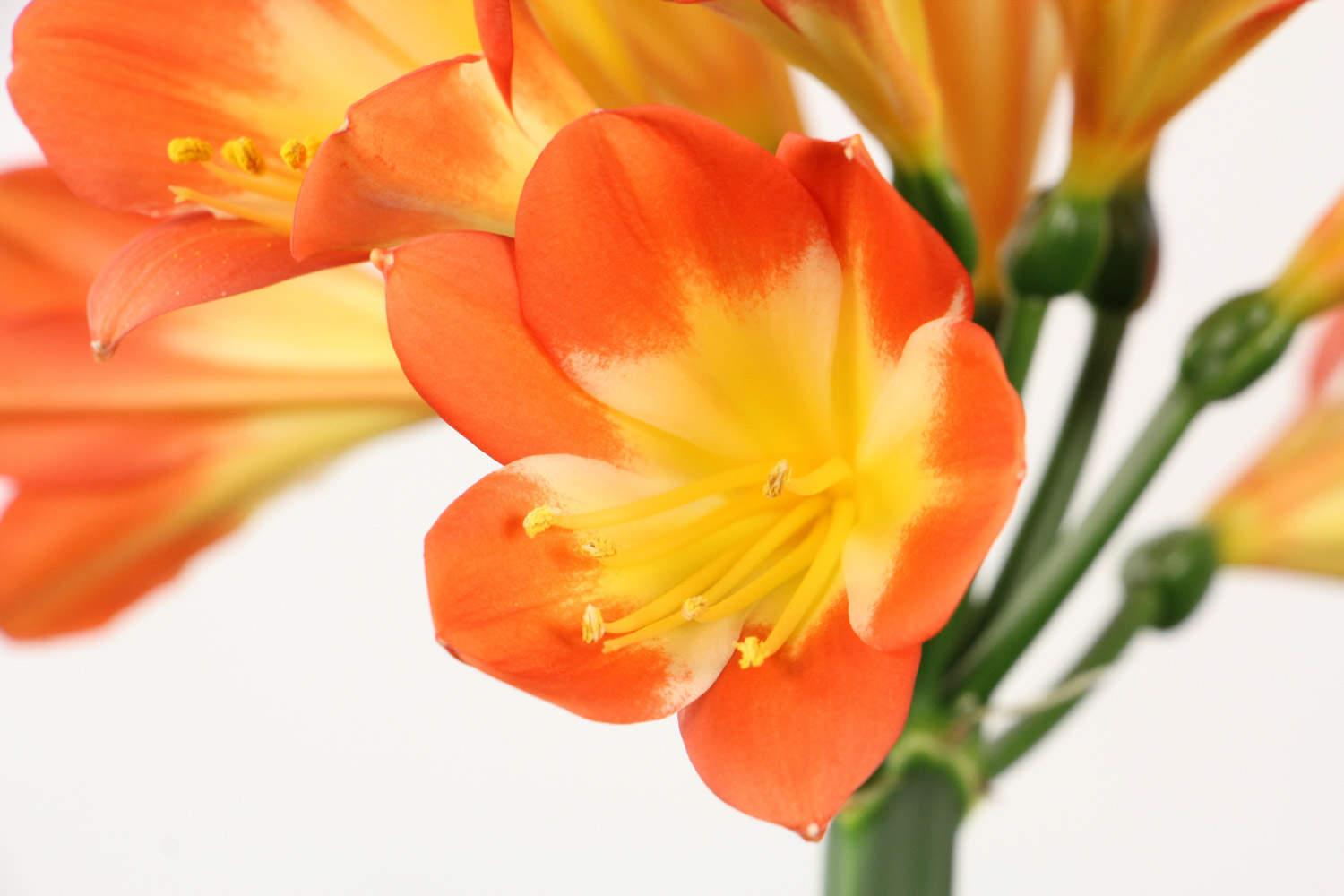
5. Fertilizer
1. Clivia likes fertilizer, but too much fertilizer will cause trouble to Clivia. The principle of fertilization is "apply thin fertilizer and apply more". There are three main types of fertilizer, dry fertilizer, water fertilizer and solid fertilizer.
2. The correct method of fertilizing Clivia should be to apply fermented solid fertilizer once every other month in spring and autumn, and apply liquid fertilizer once a week, mainly nitrogen fertilizer, in winter and summer. It is best not to topdress or apply solid fertilizer to Clivia once in winter. Apply less nitrogen fertilizer and more phosphorus and potassium fertilizer.
3. The fertilizer applied can be fully fermented thin cake fertilizer and water, or fried castor seeds, sesame and other oil seeds can be crushed and buried in the pot soil as fertilizer. Eggshell powder and retting fish water are good phosphate fertilizers, and bran ash and soot are easily available potassium fertilizers. You can also apply nitrogen, phosphorus, and potassium compound fertilizers to promote the germination of more new leaves. Do not apply thick fertilizers or raw fertilizers that have not been fermented and decomposed.
4. We should also pay attention to the raw materials used for seasonal fertilization. In winter and spring, we should apply phosphorus and potash fertilizers; in autumn, we should apply nitrogen fertilizers. In summer, top dressing outside the roots is commonly used, and 0.1% potassium dihydrogen phosphate or superphosphate is used to spray the leaves. However, since Clivia often enters the dormant period in summer, fertilization should be done with caution. In addition, top dressing outside the roots can be carried out all year round.
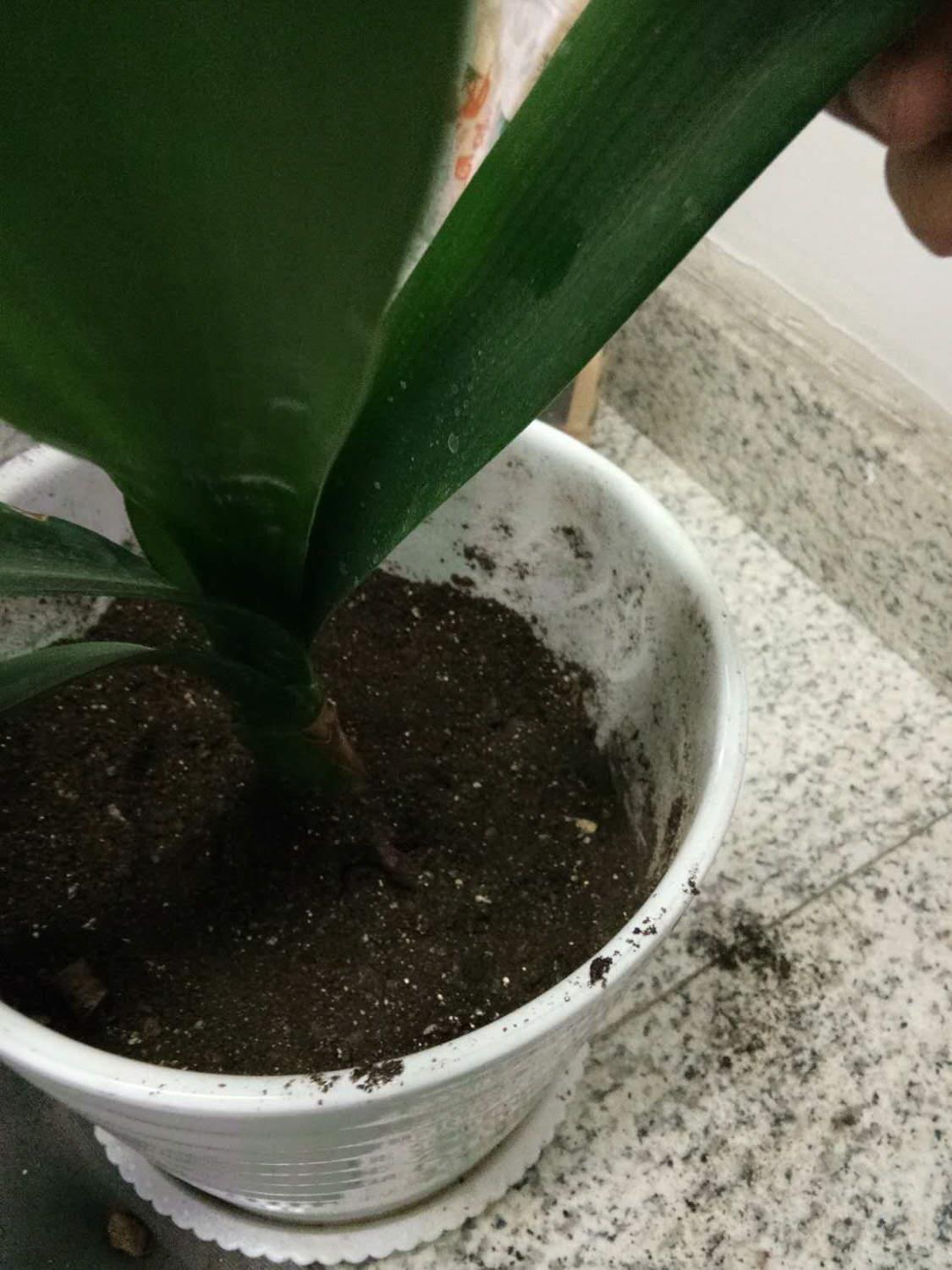
6. Note Matters
1. Be sure to cut off excess flower arrows in summer. The normal flowering period of Clivia is from New Year's Day to Spring Festival. Flowers in summer will not bloom well. If not cut off in time, nutrients will be consumed and affect the winter and spring seasons. Normal growth and flowering in spring.
2. When watering in winter, be sure to avoid using tap water or well water to water the flowers directly, because too much temperature difference will cause the plants to "catch a cold". We can first store the cold water indoors for 1 to 2 days to allow harmful substances in the water to precipitate or evaporate, and to allow enough time for the cold water to heat up.
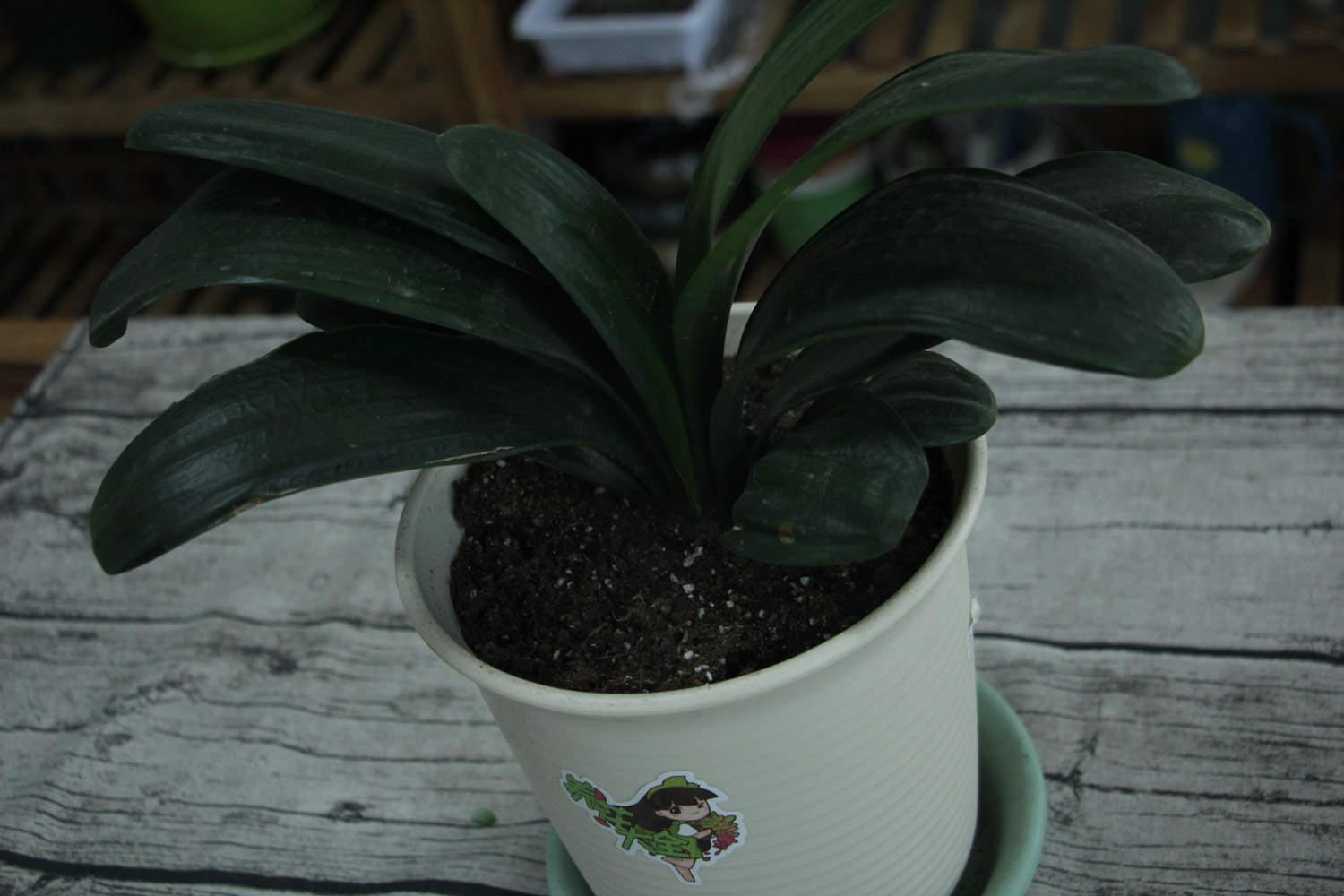
2. Lighting
3. Temperature
4. Moisture
5. Fertilizer
6. Precautions
- END -
Introduction to the Characteristics and Secrets of Mimosa

Mimosa is a perennial herb or subshrub of the Leguminosae family. It is named beca...
How to grow geraniums

Moisture control: Do not water too much, usually once every 2-3 days, and pay atte...